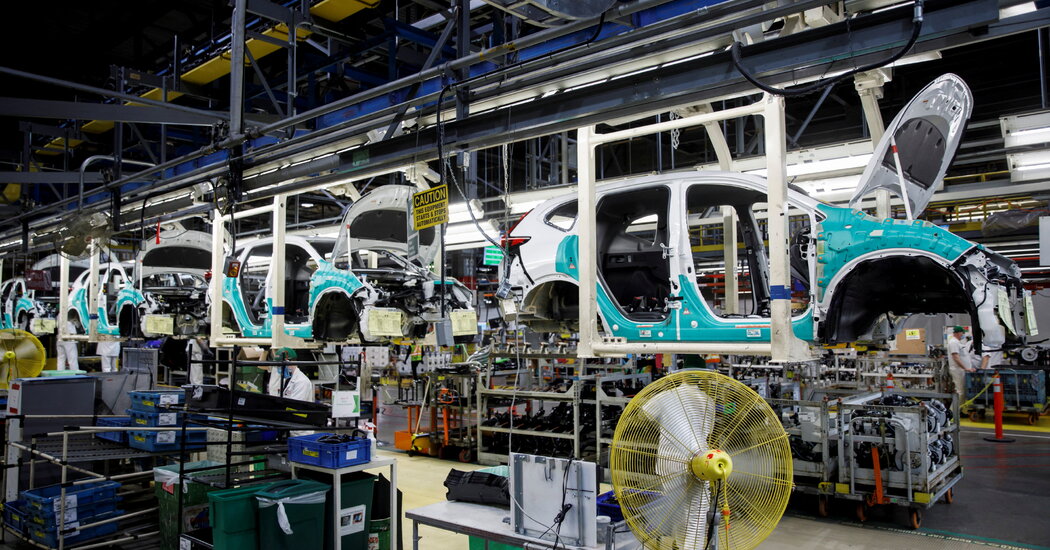In the face of U.S. tariffs, Honda said on Monday that it would shift production of one of its popular vehicles from Ontario to a U.S. factory and postpone an $11 billion plan to make electric vehicles and batteries in Canada.
The announcement came less than a month after Honda denied a report in the Japanese media that President Trump’s tariffs would force it to pull back in Canada.
It also poses a major challenge for Prime Minister Mark Carney of Canada, who won a stunning victory in last month’s election after portraying himself as the leader best suited for dealing with President Trump and the trade war between the two countries.
The United States has imposed a 25 percent tariff on many Canadian autos and auto parts.
Honda’s chief executive, Toshiro Mibe, said in a news conference in Japan that the decision to move the manufacturing of the CR-V sport utility vehicle to the United States was part of the company’s plans to “optimize” production to reduce the effects of tariffs.
He blamed sluggish growth of the electric vehicle market for the decision to hold off on an $11 billion expansion of the Ontario factory complex, which would have added battery and electric vehicle production.
The expansion, which was backed by substantial financial incentives from the governments of Canada and Ontario, was characterized last year by Justin Trudeau, the prime minister at the time, as the largest investment by an automaker in Canadian history. It was projected to employ 1,000 people and was the signature piece of a series of government-backed moves to shift Canada’s auto industry toward electric vehicles.
The effect of the CR-V production move was not immediately known. But, like all auto assembly lines in Canada, the majority of the CR-Vs made in Canada are shipped to the United States.
Honda Canada did not immediately respond to a request for comment. It currently employs about 4,200 people at its plant in Alliston, Ontario, which also builds Civic sedans as well as engines.
Mr. Carney’s office did not immediately respond to a request for comment on Honda’s decisions. He is set to swear in his new cabinet Tuesday.
The announcement by Honda is the latest in a series of moves by the auto industry to pull back plans for expansion in Canada after the imposition of tariffs by the United States.
Stellantis suspended the conversion of a factory in a Toronto suburb to make electric and gasoline powered Jeeps. It has shut down its plant in Windsor, Ontario, which makes minivans and Dodge muscle cars, for a total of three weeks and is also reducing its production schedule during the coming weeks.
General Motors’ Canadian subsidiary suspended production of an electric commercial van in Ontario. Ford’s lone Canadian assembly plant, in Oakville, Ontario, has been idle for nearly a year after the company abandoned plans to make electric vehicles there. Instead, the plant will eventually start making gasoline-powered pickup trucks.


